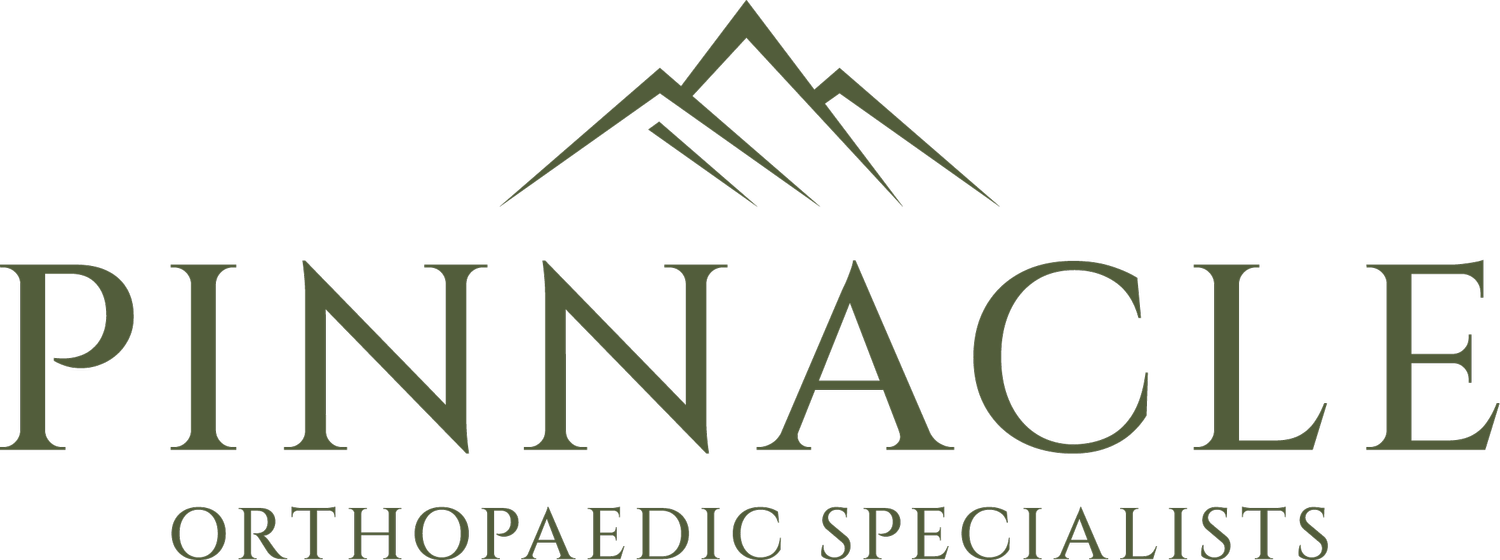What is the PFJ?
The patellofemoral joint (PFJ) is where the kneecap (patella) articulates with the groove at the end of the thigh bone (trochlea of the femur). This joint allows the patella to glide smoothly as the knee bends and straightens. Problems occur when this movement is disrupted, which may lead to pain, instability (poor tracking or dislocation), and eventually arthritis.
Common Causes of Patellofemoral Joint Issues
Trochlear Dysplasia
In a healthy knee, the trochlea is a deep groove that holds the patella securely during movement. In trochlear dysplasia, the groove is too shallow, making it easier for the patella to slip out, especially during the early stages of knee bending, such as when running or jumping.
Patella Alta
This condition refers to a high-riding kneecap. When the patella sits too high, it doesn’t engage the trochlear groove until the knee is significantly bent, increasing the risk of dislocation.
Medial Patellofemoral Ligament (MPFL) Insufficiency
The MPFL helps stabilise the patella during the first 20° of knee bending. If this ligament is stretched or torn—often after a patellar dislocation—it can lead to repeated instability.
Increased Quadriceps (Q) Angle
This is the angle between the direction of the thigh muscles and the patella tendon. A larger Q angle can increase the sideways pull on the patella, raising the risk of instability.
Ligamentous Hyperlaxity
People with naturally more flexible joints may have looser ligaments, including the MPFL. When combined with other conditions like trochlear dysplasia or patella alta, this can further increase the chance of patella dislocation.
Surgical and Non-Surgical Management
Many people with PFJ issues can be successfully managed with physiotherapy, strengthening exercises, stretching, and activity modification. However, some may require surgery—particularly younger individuals with recurrent dislocations or structural abnormalities.
Treatment is personalised based on a thorough clinical assessment, including physical examination and imaging (X-ray, CT, MRI).
Surgical Options at Pinnacle Orthopaedics
Tibial Tubercle Osteotomy (TTO)
For patients with patella alta or an increased Q angle, this procedure repositions the bony attachment of the patellar tendon. Moving the tibial tubercle can help the patella engage more effectively and reduce lateral pull. Recovery is similar to treating a small fracture, including limited weight-bearing and splinting.
MPFL Reconstruction
This surgery restores the MPFL using a small tendon (usually the gracilis) from the patient's own leg. The graft is attached between the femur and patella to prevent further dislocations. This is often done in conjunction with a TTO.
Trochleoplasty
In severe cases of trochlear dysplasia, this procedure deepens the groove in the femur to help stabilise the patella. It is only considered when other treatments are insufficient or in isolated severe dysplasia.
Each surgical approach is tailored to the individual to correct specific anatomic deficiencies while preserving normal function.
Goals of Surgery
Prevent recurrent dislocations
Optimise patellofemoral mechanics
Reduce the risk of long-term patellofemoral pain and arthritis
Minimise surgical disruption
Hospital Stay and Recovery
Most patients stay 1–2 nights in hospital
Pain management includes regional and general anaesthetic techniques
Mobilisation begins the same day with crutches and a splint
Physiotherapy starts the day after surgery
Recovery includes rest, elevation, ice, and gentle movement
Weight-bearing and movement restrictions depend on the specific procedures performed
Full recovery typically takes around six months
Risks and Complications
While PFJ surgeries are generally safe and effective, all surgery carries potential risks:
Infection (superficial or deep)
Blood clots (Deep Vein Thrombosis or Pulmonary Embolism)
Stiffness (rare with appropriate rehab)
Nerve injury (usually minor and temporary numbness below the knee)
Recurrent instability (uncommon, but possible with trauma)
A full discussion of your surgical plan and risks will be conducted by your Pinnacle Orthopaedics surgeon as part of your pre-operative consultation.
Moving Forward
If you’ve experienced kneecap pain, instability, or dislocations, a thorough assessment can help determine the best management plan for you. At Pinnacle Orthopaedics, we specialise in personalised treatment strategies that restore function and support long-term knee health.
